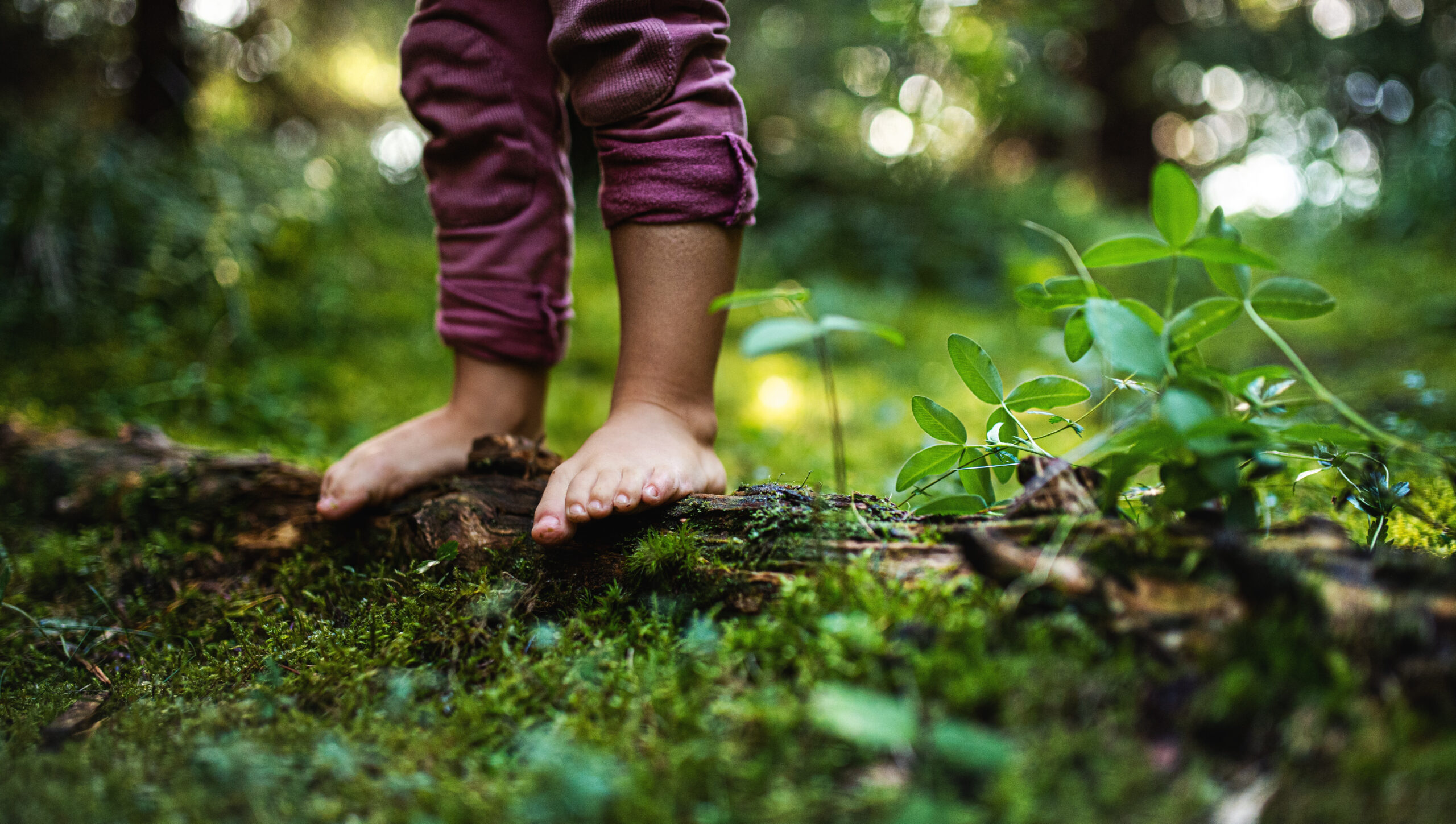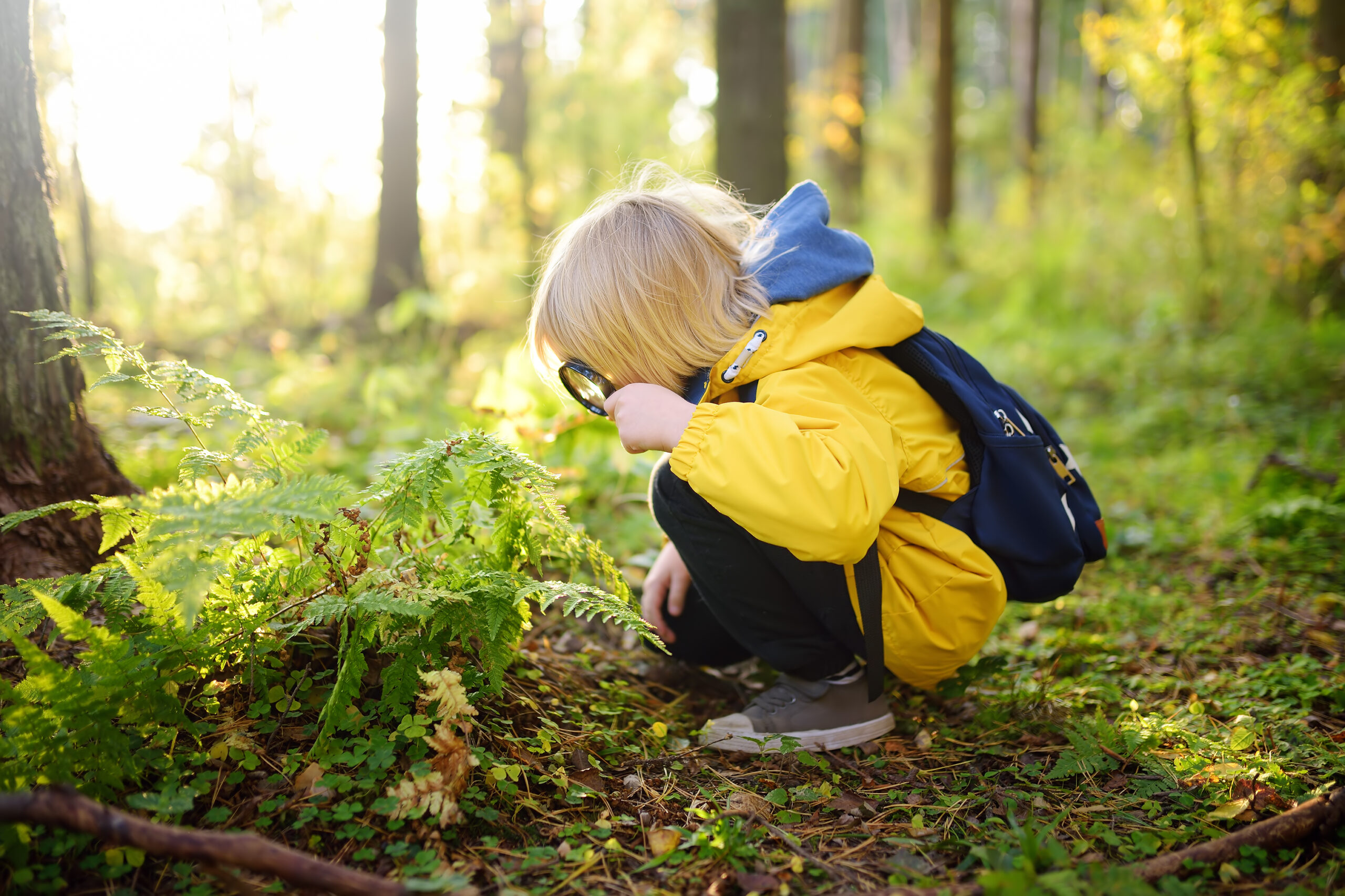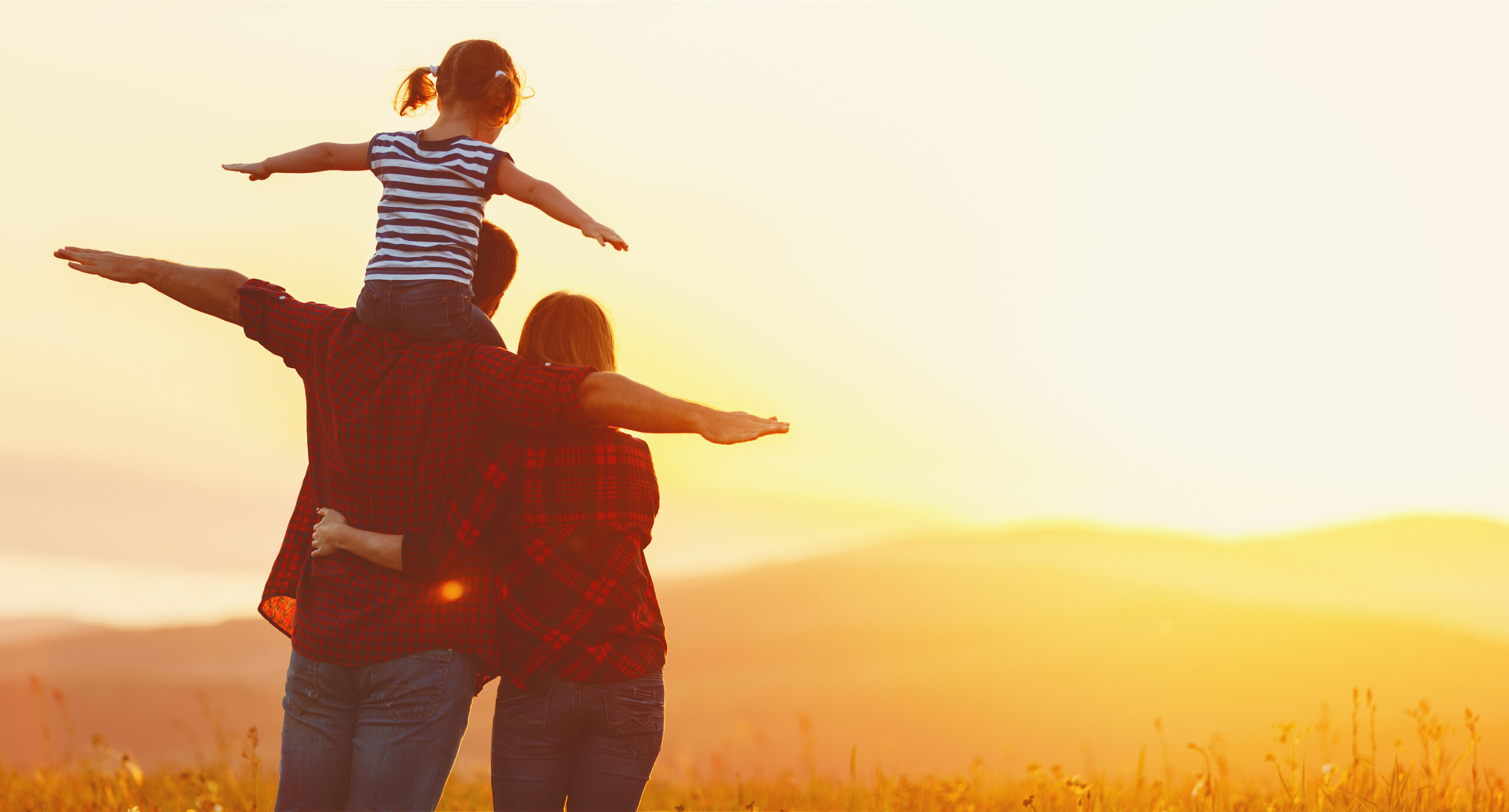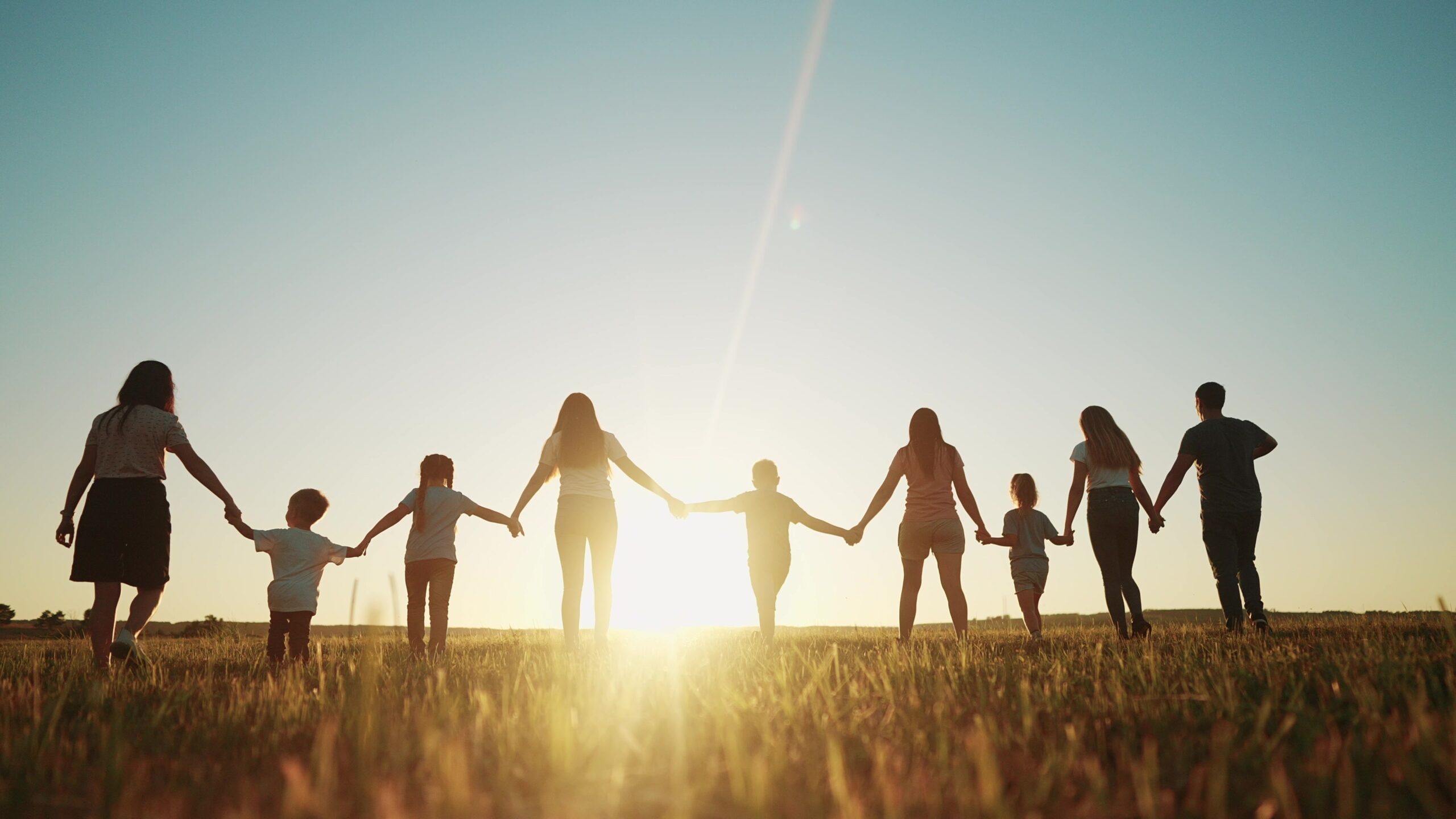
Children who are connected to nature have better health, higher satisfaction with life, and pro-environmental behaviours
Children and Nature Network, 2019
Contact with nature is a significant health determinant
Africa et al 2014; Kuo 2015; WHO 2016. 2017
The evidence is clear, you and your family’s Health and Wellbeing will improve in Nature!
Check out some details below to inspire you to get your family out in nature!
Natural settings are essential for healthy child development because they stimulate all the senses and integrate informal play with formal learning
Robin Moore – DIrector of Natural Learning Initiative and former International Play Association president
Traditional widsom has long held that nature not only promotes health but also heals
Nature Guided Therapy, George Burns
So how do we actually connect with nature? Through PLAY of course!
Play is the main occupation for children and the best way to learn!
Especially from birth to eight years, play is known to be the window into the child’s development!
In occupational therapy we refer to occupations as the everyday activities that people do as individuals, in families and with communities to occupy time and bring meaning and purpose to life.
How fantastic that we can be in and with nature, have fun while playing and be enhancing our child’s development as well as getting all the health and wellbeing benefits for all of us! Let’s get out there!
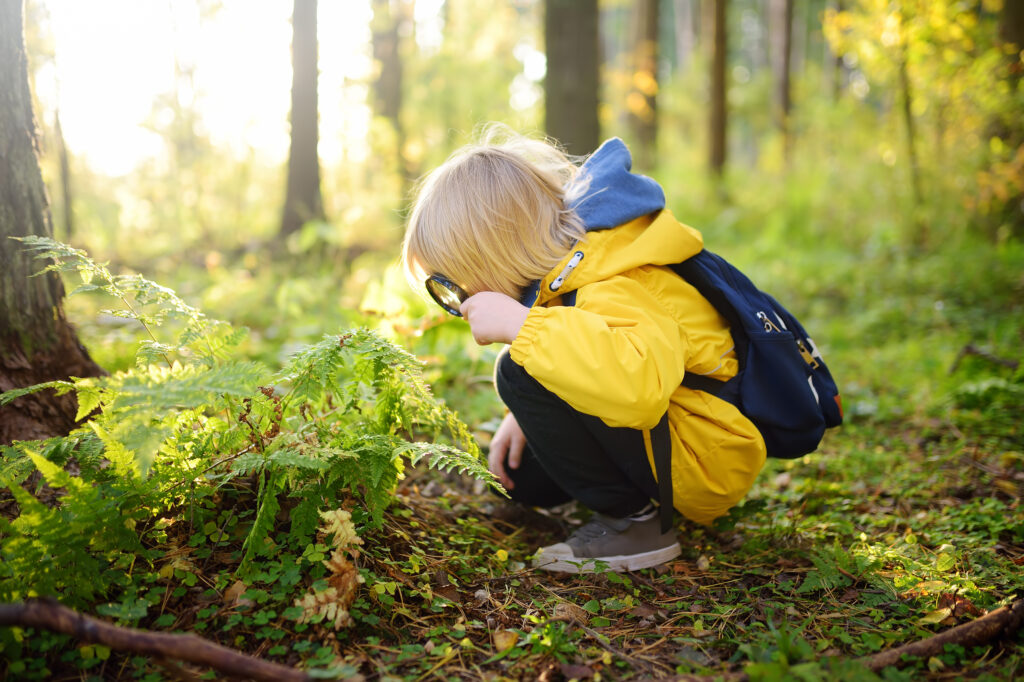
What sort of play might you do in nature?…..
- Exploring surrounding to foster curiosity and a love of learning
- Engage all your senses to tune deeply into nature. Such as feeling the texture of tree bark, listening to bird sounds, smelling the flowers. This helps to enhance sensory development and can help calm your mind.
- Games that encourage learning while playing in nature, such as a scavenger hunt to find and identify different types of leaves or trees.
- Using natural materials like rocks, sticks, and leaves to create art or build structures. This can help children develop creativity and problem-solving skills.
- Drawing and recording observation and thoughts about the natural world helps with fine motor, writing and observation skills.
- Group activities to promote development of social skills and family connection
- Any so many more play ideas, there is no end to this list of nature connection!
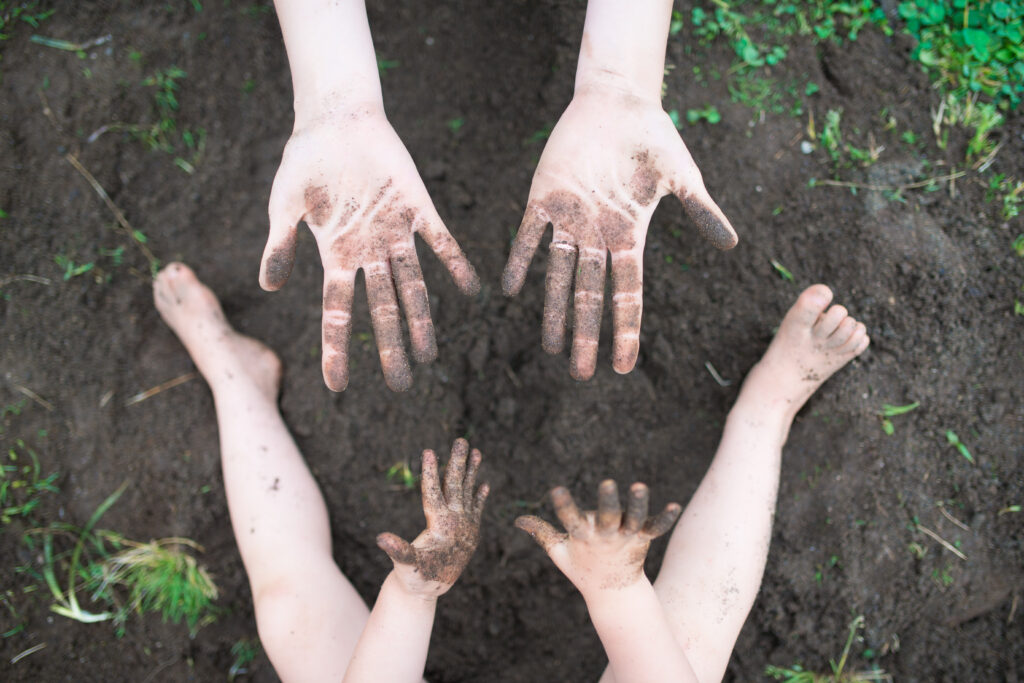
This evidence has been gathered from the following references:
- Africa, J, Logan, A, Mitchell, R, Korpela, K, Allen, D, Tyrvainen, L, Nisbet, E, Li, Q, Tsunetsugu, Y, Miyazaki, Y, Spengler, J 2014, The Natural Environments Initiative: Illustrative Review and Workshop Statement, NEI Working Group, Center for Health and the Global Environment, Harvard School of Public Health, Boston.
- Keniger, L, Gaston, K, Irvine, K & Fuller, R 2013 ‘What are the benefits of interacting with nature?’, International Journal of Environmental Research and Public Health, vol. 10, pp 913-935. https://www.mdpi.com/1660-4601/10/3/913/htm
- World Health Organisation (WHO) 2016, Urban green spaces and health: a review of evidence, World Health Organisation, Europe
- Paynter, B, 2023, Nature OT, viewed 20 May 2023, natureot.com.au
- Kuo, M 2015, ‘How might contact with nature promote human health? Promising mechanisms and a possible central pathway’, Frontiers in Psychology, vol. 6, viewed 3rd October 2017, https://www.frontiersin.org/articles/10.3389/fpsyg.2015.01093/full
- Children and Nature Network https://www.childrenandnature.org/oldlearn/research-resources/
- Louv, R, 2005, ‘Last Child in the Woods: Saving our children from nature-deficit disorder’, Atlantic books, London
- Hanscom, A, 2016, ‘Balanced and Barefoot: How unrestricted Outdoor Play Makes for Strong, Confident and Capable Children’,New Harbinger Publications, Inc, Canada
- Harper, N, Rose, K, Segal, D, 2019, ‘Nature Based Therapy- a Practioners Guide to working outdoors with Children, Youth and Families’new society publishers, Canada.
- Burns, G, 1998, ‘Nature Guided Therapy: Brief Integration Strategies for Health and Wellbeing’, Routledge, New York
- World Federation of Occupational Therapists 2023, About occupational therapy, viewed 26 May 2023, http://www.wfot.org/
- Lynch, H, Moore, A, 2016, ‘Play as an occupation in occupational therapy’, British Journal of Occupational Therapy.
- Park Figeroa, L, 2023, ‘Therapy in the Great Outdoors’, viewed 26 May 2023, www.therapyinthegreatoutdoors.com

